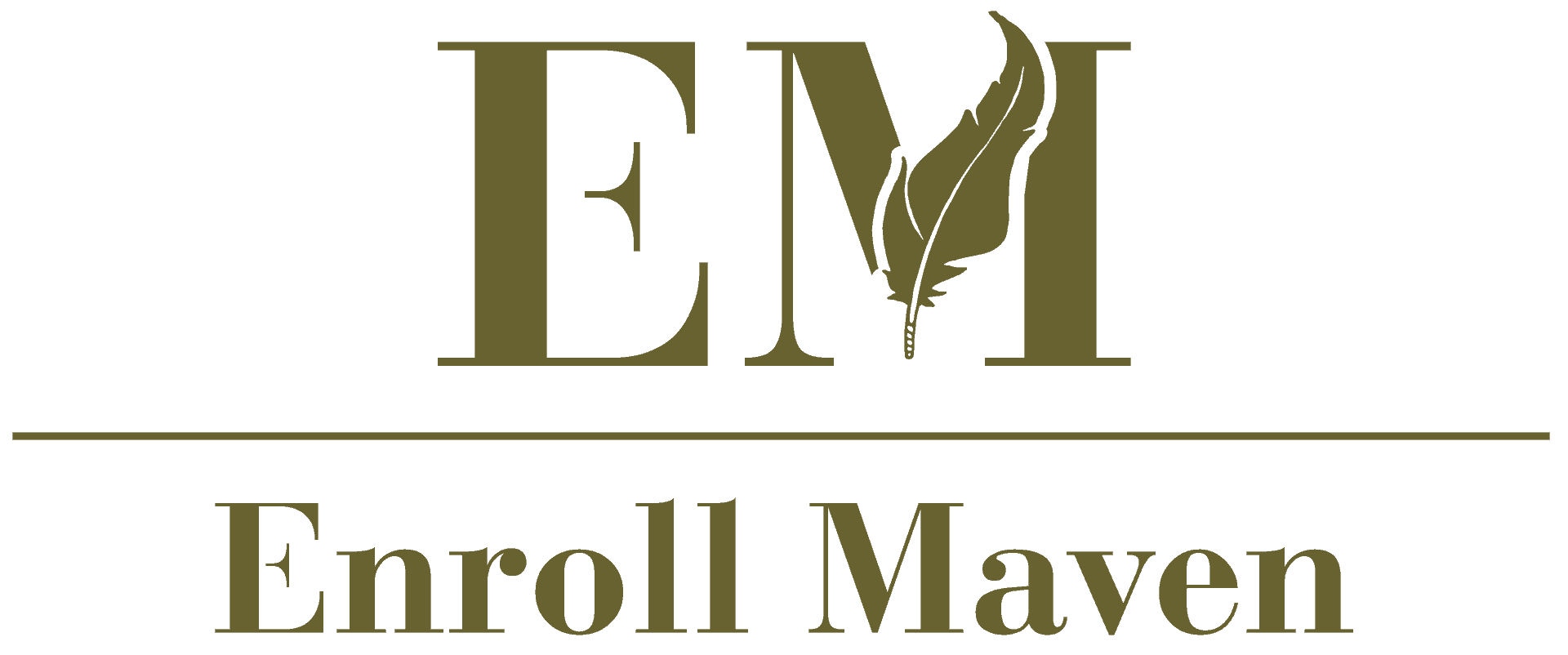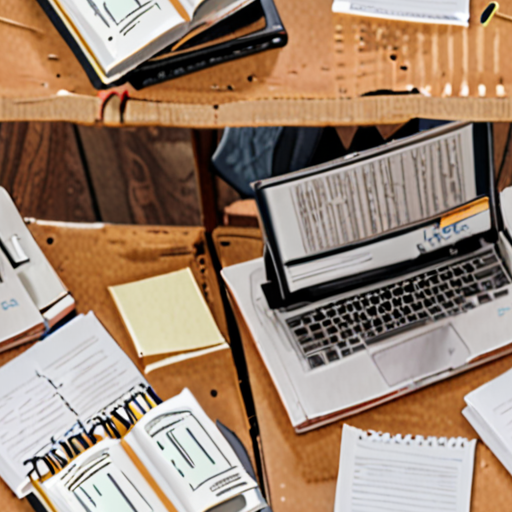As students prepare for exams and assessments, they often find themselves overwhelmed by the sheer amount of material to cover and the pressure to perform well. However, effective learning methods can make all the difference in achieving academic success. By understanding different learning styles and study techniques, individuals can tailor their approach to suit their unique needs and preferences, leading to better retention and recall of information. In this comprehensive guide, we will explore various learning methods for tests and provide actionable tips on how to implement them, helping students to develop a personalized study routine that works for them.
The Best Method to Study for a Test
As a student, preparing for a test can be overwhelming, but with the right approach, you can stay organized and focused.
-
Set Clear Goals
Determine what you want to achieve in your studies and set specific, measurable goals. Break down larger objectives into smaller, manageable tasks to help you stay on track.
-
Create a Study Schedule
Develop a study plan that allocates sufficient time for reviewing course materials, practicing problems, and taking practice tests. Be realistic about how much time you have available and stick to your schedule.
-
Use Active Learning Techniques
Engage with the material by summarizing notes in your own words, creating concept maps, or making flashcards. These techniques help solidify information in your long-term memory and promote deeper understanding.
-
Practice Regularly
Consistency is key when it comes to studying. Set aside dedicated time each day or week to review and practice what you’ve learned. Use online resources, such as video lectures or interactive simulations, to supplement your studies.
-
Get Enough Sleep and Exercise
Adequate rest and physical activity are essential for cognitive function and retention. Aim for 7-9 hours of sleep each night and incorporate regular exercise into your routine to boost brainpower.
-
Seek Help When Needed
Don’t hesitate to ask teachers, classmates, or tutors for assistance when struggling with a concept. Collaborate with peers to discuss challenging topics and learn from one another’s strengths and weaknesses.
-
Stay Organized and Focused
Keep all study materials, including notes, readings, and assignments, well-organized and easily accessible. Minimize distractions by creating a conducive study environment and using tools, such as website blockers or apps, to stay on task.
-
Review and Reflect Regularly
Regularly review what you’ve studied and reflect on your progress. Identify areas where you need improvement and adjust your study plan accordingly. Celebrate your successes and don’t be too hard on yourself when faced with setbacks.
By incorporating these strategies into your study routine, you’ll be better equipped to tackle challenges, retain information, and perform well on tests.
Understanding the 7 Types of Learning Tests
I’m excited to share my knowledge with you on the 7 types of learning tests, which can help you identify your unique learning style and preferences.
-
Visual Learning Style
As a visual learner, you tend to learn better through images, diagrams, charts, and videos. You might prefer watching lectures, reading textbooks, or looking at pictures to understand complex concepts.
-
Auditory Learning Style
If you’re an auditory learner, you tend to learn better through sound and music. You might prefer listening to lectures, podcasts, or audiobooks, or participating in discussions and debates.
-
Kinesthetic Learning Style
Kinesthetic learners tend to learn better through hands-on experiences and physical activities. You might prefer doing experiments, playing games, or participating in sports to learn new skills.
-
Verbal Learning Style
Verbal learners tend to learn better through words and language. You might prefer reading books, articles, or online content, or discussing topics with others.
-
Logical Learning Style
Logical learners tend to learn better through logic and reasoning. You might prefer solving puzzles, brain teasers, or critical thinking exercises to understand complex concepts.
-
Social Learning Style
Social learners tend to learn better through interactions and relationships. You might prefer working in groups, participating in team projects, or collaborating with others to learn new skills.
-
Solitary Learning Style
Solitary learners tend to learn better through independent work and self-study. You might prefer working alone, reading books, or taking online courses to learn new skills.
By understanding your learning style, you can develop strategies to improve your learning efficiency and effectiveness. At Enroll Maven , we offer various resources and tools to help you discover your learning style and preferences.
Remember, everyone has a unique combination of learning styles, and it’s essential to experiment and find what works best for you. By embracing your individual learning style, you can unlock your full potential and achieve your goals.
The 2357 Study Method
The 2357 study method is a popular revision technique used by many students to effectively retain information and prepare for exams.
- Day 1: Read and review your notes thoroughly.
- Day 2: Review your notes again, focusing on key concepts and ideas.
- Day 3: Continue reviewing your notes, making connections between different pieces of information.
- Day 4: Take a break from studying to relax and recharge.
- Day 5: Revise your notes, summarizing key points and practicing recall.
- Day 6: Take another break to refresh your mind.
- Day 7: Finalize your revisions, practicing past exam questions or quizzes.
This method allows you to space out your study sessions, reducing burnout and increasing retention. By revisiting your notes multiple times, you’ll solidify your understanding and develop a deeper connection to the material.
As a student, it’s essential to find a study routine that works for you. Experiment with different methods, such as the Pomodoro Technique or active recall, to discover what helps you learn most effectively.
Remember, consistency and patience are key. Stick to your schedule, and don’t be afraid to adjust it as needed. With dedication and persistence, you’ll master the 2357 study method and achieve academic success.
Understanding the Four Types of Study Methods
I’m always looking for ways to optimize my studying and learning process.
- One approach I’ve found helpful is understanding the different types of study methods.
- This knowledge has allowed me to tailor my approach to suit my individual needs and preferences.
- In this article, we’ll explore the four primary types of study methods.
The Four Primary Types of Study Methods
- Visual Learners: These individuals learn best through images, diagrams, charts, and videos.
- Auditory Learners: They prefer listening to lectures, discussions, and audio recordings.
- Reading and Writing Learners: These learners absorb information better through written texts, notes, and handouts.
- Kinesthetic Learners: They learn best through hands-on experiences, experiments, and activities.
Applying the Four Types of Study Methods
To effectively utilize these study methods, consider the following strategies:
- Create a study schedule that incorporates a mix of visual, auditory, reading, and kinesthetic activities.
- Use flashcards, diagrams, and mind maps to aid visual learning.
- Listen to podcasts, audiobooks, or online lectures to engage auditory learning.
- Take notes by hand or type out summaries to reinforce reading and writing skills.
- Participate in group projects, role-playing, or hands-on experiments to develop kinesthetic learning.
Conclusion is Not Required
Understanding the Four Main Learning Styles
Learning styles refer to the various ways individuals process and retain information. While there are several models, the most widely recognized classification includes four primary categories: Visual, Aural/Auditory, Read/Write, and Kinesthetic. Understanding these styles can help learners develop effective strategies for absorbing and retaining knowledge.
Visual Learners
Visual learners primarily absorb information through images, diagrams, charts, and videos. They tend to remember details better when presented in a visual format. To cater to visual learners, instructors often incorporate multimedia materials, such as infographics, animations, and interactive simulations, into their teaching methods.
Characteristics of Visual Learners:
• Prefer watching videos or presentations over reading texts• Benefit from diagrams, charts, and illustrations• Often recall information better when presented visually• May struggle with abstract concepts or written descriptions
Aural/Auditory Learners
Aural/Auditory learners rely heavily on sound and music to learn and retain information. They may benefit from lectures, discussions, podcasts, or audiobooks. Instructors can adapt to auditory learners by incorporating audio-based materials, such as lectures, debates, or panel discussions, into their curriculum.
Characteristics of Aural/Auditory Learners:
• Prefer listening to lectures or discussions over reading texts• Benefit from audio recordings, podcasts, or audiobooks• Often recall information better when presented orally• May struggle with written descriptions or visual aids
Read/Write Learners
Read/Write learners primarily absorb information through written texts, such as books, articles, and notes. They tend to understand complex ideas better when presented in written form. Instructors can accommodate read/write learners by providing extensive reading materials, writing assignments, and opportunities for self-reflection.
Characteristics of Read/Write Learners:
• Prefer reading texts over listening to lectures• Benefit from written descriptions, notes, and summaries• Often recall information better when presented in written form• May struggle with abstract concepts or oral presentations
Kinesthetic Learners
Kinesthetic learners learn best through hands-on experiences, experiments, and practical applications. They tend to remember information better when actively engaged in activities. Instructors can adapt to kinesthetic learners by incorporating hands-on exercises, lab work, or project-based learning into their curriculum.
Characteristics of Kinesthetic Learners:
• Prefer participating in hands-on activities over passive learning• Benefit from experiments, simulations, or real-world applications• Often recall information better when actively engaged• May struggle with theoretical concepts or written descriptionsBy understanding these four primary learning styles, educators and learners can develop tailored approaches to optimize knowledge retention and absorption. By acknowledging individual differences in learning preferences, we can create a more inclusive and effective learning environment.
Effective Study Strategies
As a student, developing efficient study habits can significantly impact your academic performance and overall well-being.
- Preparation is Key
- Create a quiet and clutter-free space free from distractions.
- Invest in a comfortable chair, desk, and necessary study materials.
- Establish a routine that includes regular breaks and exercise.
- Scheduling Your Time Wisely
- Set realistic goals and deadlines for each assignment or exam.
- Break down larger tasks into manageable chunks.
- Leave some buffer time for unexpected events or emergencies.
- Active Engagement During Study Sessions
- Summarize notes in your own words to reinforce comprehension.
- Ask questions and seek clarification when needed.
- Use visual aids, diagrams, or mind maps to organize complex information.
- Boosting Reading Efficiency
- Practice active reading techniques, such as skimming and scanning.
- Use flashcards or concept maps to review key terms and concepts.
- Take regular breaks to refresh your mind and prevent burnout.
Before diving into studying, it’s essential to prepare a conducive environment that promotes focus and productivity.
A well-planned schedule helps you stay organized and ensures that you allocate sufficient time for each subject or task.
Engaging actively during study sessions enhances retention and understanding of the material.
Developing strategies to enhance reading speed and comprehension can save time and reduce stress.
Conclusion
By incorporating these four study strategies – preparation, scheduling, active engagement, and boosted reading efficiency – you’ll be better equipped to tackle academic challenges and achieve your goals.





0 Comments